Whiplash 101
A sudden acceleration-deceleration of the head can cause injury and strain neck muscles and surrounding soft tissues. This type of injury is commonly referred to as whiplash and happens most often during a motor vehicle accident. In such an event, the neck and head are suddenly forced backward and forward. This motion results in the cervical spine going through lightning-quick motions and extreme stresses.
Most cases of whiplash are caused by car accidents where the person has been rear-ended or hit from the side. Other potential whiplash causes can include assault, bungee jumping, roller coasters, football, soccer, falls, and other high-impact activities where extreme acceleration-deceleration forces could impact the cervical spine and head. In all of these examples, a whiplash injury and a concussion can occur (be sure to read next week’s blog post where concussions are addressed) and proper assessment is recommended.
The Mechanism of Injury
The process of a whiplash injury sustained in a car accident can vary depending on many factors, including the angle and speed of the collision. Usually, the collision happens from behind, resulting in a whiplash injury that can be considered to occur in five general phases:
- The car gets hit from behind, which causes the seat to push against the back. The spine then gets loaded with forces that compress the cervical spine upward against the head.
- The torso (in contact with the seat) continues to accelerate forward but the head (not in contact with the seat yet) does not. As a result, the cervical spine’s natural C-curve (lordosis) temporarily becomes an unnatural S-shape. The abnormal compression and shearing forces can potentially damage intervertebral discs, facet joints, nerves and other neck tissues.
- The person’s head slams backward into the accelerating seat. Soft tissues at the front of the neck are likely to be injured here as the neck rapidly extends backward.
- The head bounces off the seat and now accelerates forward.
- The seatbelt restrains the body (preventing potentially more severe injury) and the neck rapidly flexes as the head whips forward. Soft tissues at the back of the neck are likely to be injured here.
Whiplash Symptoms
- headache and/or neck pain that is constant or worsened with movement
- back pain
- dizziness
- ringing in ears
- jaw pain
- visual disturbances
- difficulty sleeping
- difficulty concentrating
- fatigue
- chest pain or arm pain/weakness.
The onset of whiplash symptoms can often be delayed for up to 48 hours after the injury. For some people, whiplash symptoms can be minor and resolve within a couple of days. For others, symptoms can become varied and chronic, ranging from severe pain to cognitive and emotional problems. Due to the potentially high number and varied complexity of whiplash symptoms, they are collectively referred to as whiplash-associated disorders (WAD).
Get Help
Do not ignore whiplash-type injuries. A physical examination is important if you experience any of these symptoms. Chiropractors are trained in whiplash injuries. Your chiropractor will provide education and home care resources while you recover.
Many people think that because they walked away from an accident without any cuts and bruises, their body is fine. Whiplash can occur with relatively low impact. For example, impact in a car accident at less than 10km/hour can cause whiplash. Pain, stiffness and other symptoms of WAD 1 (tender muscles) or WAD 2 (limited neck movement). Whiplash typically starts within the first two days after an accident.
If left untreated, acute injuries like whiplash can lead to chronic neck pain and dysfunction. Chronic pain can greatly affect the quality of life of those afflicted.
Self-Care for Whiplash
If whiplash symptoms are mild to moderate, some self-care options within the first 48 hours include:
- Rest – while it is good to stay active if possible, it also makes sense to make things easier the first few days. If a certain motion or activity exacerbates your neck pain, then avoid or limit that movement until the neck has more time to heal or you see your chiropractor.
- Ice and/or Heat – in the first couple of days following a whiplash injury. Applying ice can reduce pain and swelling in the neck. During this time window, the ice or cold packs can temporarily close small blood vessels and prevent a worsening of the swelling. Ice and heat can be applied alternately a few days after the injury.
Immobilizing the neck with a soft cervical collar is not advised. In whiplash patients, research tells us that early mobilization and activity show superior patient results compared to immobilization and soft cervical collar use. Prolonged immobilization of the neck causes muscles to weaken and cause secondary damage.
Seat Safety
Properly adjusting the height of your car headrest will help prevent whiplash injury in an accident. Ideally, the top of your head should be in line with the top of the headrest. There should be no more than 2 to 5 cm between the back of your head and the headrest. Remember to adjust your headrest before your next road trip!
Good News
The good news is your chiropractor and massage therapist can help! Most whiplash injuries are not serious and will heal fully. Proper and prompt assessment, diagnosis and treatment of whiplash symptoms are imperative for a speedy recovery. Many people experience little disruption in their activities and are able to get on with their daily lives. Research shows that successful whiplash treatment also involves patient cooperation and active efforts to resume daily activity.
For more information or to book an appointment with one of our chiropractors, physiotherapists or massage therapists, visit our clinic websites at Curavita Byward and Curavita Glebe.
Byward Market
Email: info.byward@curavita.com
Glebe
Email: info.glebe@curavita.com

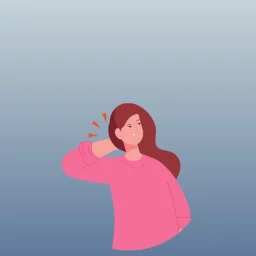

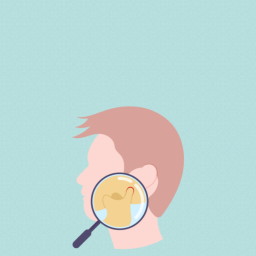
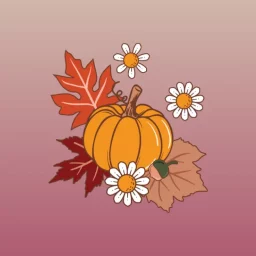


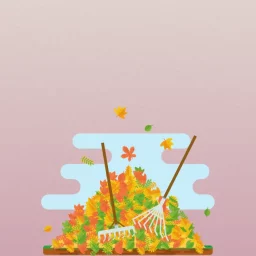


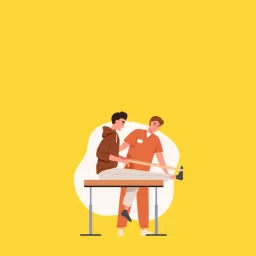
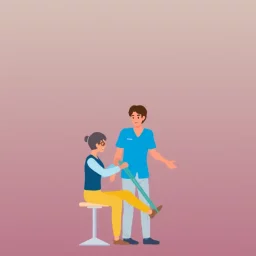
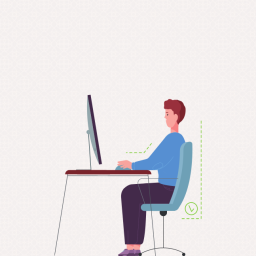
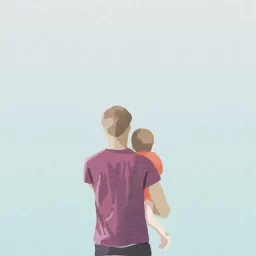
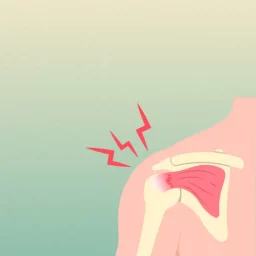

[…] whiplash sufferers are reluctant to return to activity, fearing it will make the injury worse. Pain and […]
[…] and arthritis. The TMJ is so closely related to our neck that indirect trauma to the neck (like whiplash or a fall), and yes even poor posture, can also cause […]